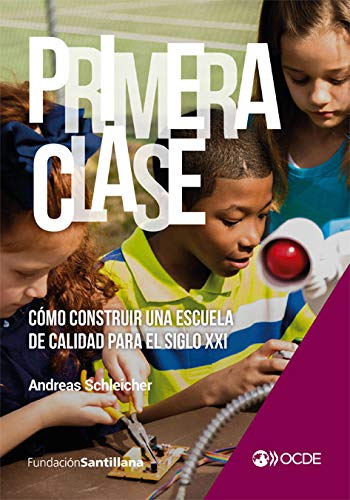PRIMERA CLASE. CÓMO CONSTRUIR UNA ESCUELA DE CALIDAD PARA EL SIGLO XXI AUTOR: ANDREAS SCHLEICHER

Published 2022-03-30
Keywords
- Escuela del futuro, calidad y transformación educativa, nuevo modelo educativo.
- School of the future, quality and educational transformation, new educational model.
How to Cite
Abstract
Andreas Schleicher, is a German statistician and researcher in the field of education, director of the department of «Directorate of Education and Skills» of the OECD (Organization for Economic Cooperation and Development) and Special Adviser on Educational Policy to the Secretary General of said body. He was one of the promoters and ideologues of the PISA Report (Program for International Student Assessment), and of other international assessment instruments that have created a global platform for policy makers, researchers and educators of all nations, whose purpose is to innovate and transform the educational policies and practices worldwide. He takes more than 20 years worked with ministers and educational leaders around the world to improve the quality and equity of education.
In 2018 he published the book, “Word class. How to build a 21st century School System, Strong Performers and Successful Reformers in Education», in which, under the paradigm » If all we do is teach our children what we know, they may remember enough to follow in our footsteps, but if we teach them to learn , they can go where they want ”, analyzes and compares the reality of schools today and poses the challenge of how they should be in the future, through the role that schools should play in the teaching process of students and the characteristics you should have the same. He analyzes a series of widely established myths that constitute an obstacle to improving education, identifies the key success factors and the characteristics of the educational systems with the best results, to finally makes a series of improvement proposals that allow the construction of that school quality. He also dedicates a series of sections to discuss how the teacher should be to contribute to that goal and therefore to the success of the educational system, such as developing effective school leadership or rethinking evaluation.
